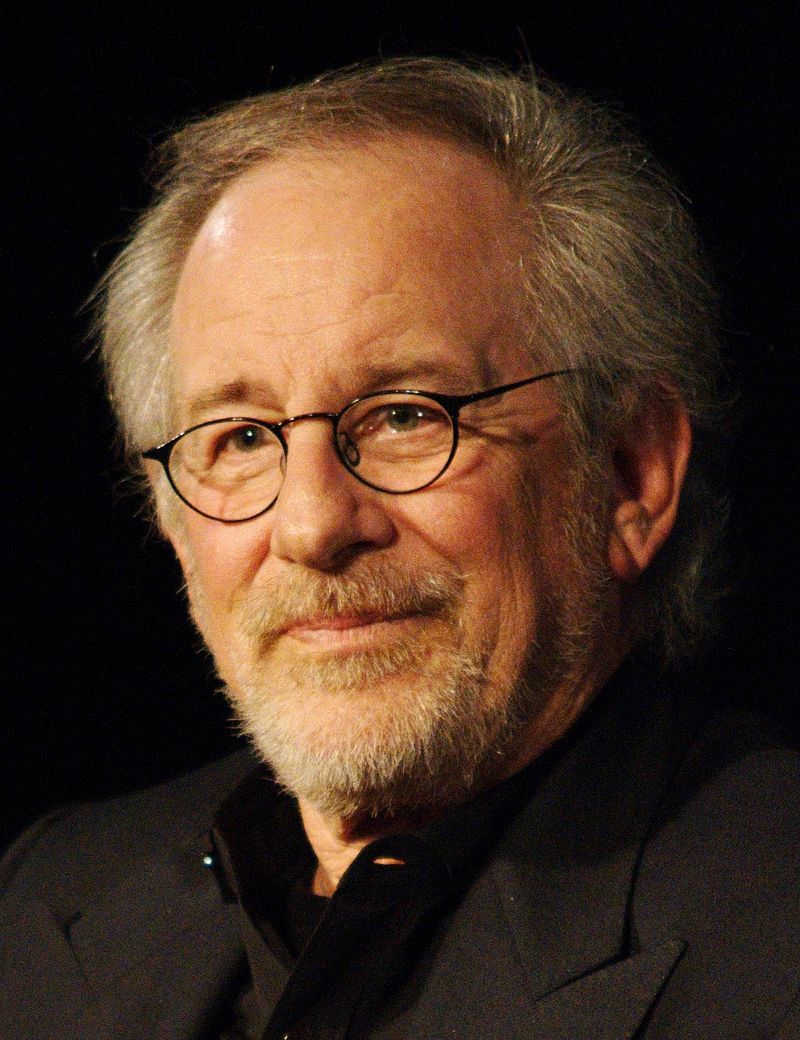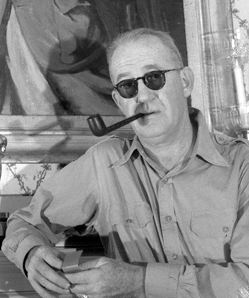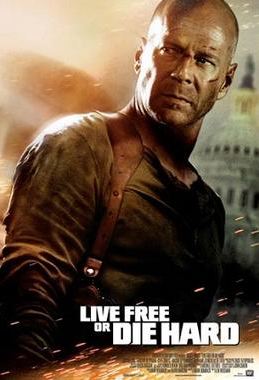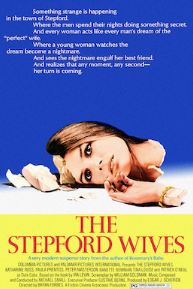How Have Movie Ticket Prices Changed Over the Decades?

Analyzing the evolution of movie ticket prices over the decades reveals a complex interplay of factors. From the early 20th century, when a ticket cost just seven cents, to today, where it can exceed $9, various economic events, technological advancements, and shifts in consumer behavior have significantly influenced these trends. But what specific events and trends have caused these fluctuations, and how have they impacted the general movie-going experience? Let's delve into the progression of movie ticket pricing and the forces behind this evolution.
Early 20th Century Prices
During the early 20th century, movie ticket prices were remarkably low, making cinema a popular pastime for nearly everyone. In 1910, the average movie ticket cost just $0.07, making it an affordable escape and a common leisure activity for people from all walks of life.
By 1924, the average movie ticket price had climbed to $0.25, reflecting the growing popularity of films and the effects of inflation. However, even at this higher price, going to the movies remained an accessible form of entertainment compared to other leisure activities of the time.
The Great Depression greatly impacted movie ticket prices. In 1933, ticket prices dropped significantly, and by 1937, they stabilized at an inflation-adjusted cost of $3.97. Despite these fluctuations, the cinema continued to be a favored escape for many. These early years set the stage for the evolving costs of movie tickets, which saw considerable changes in the following decades.
Economic Events' Influence
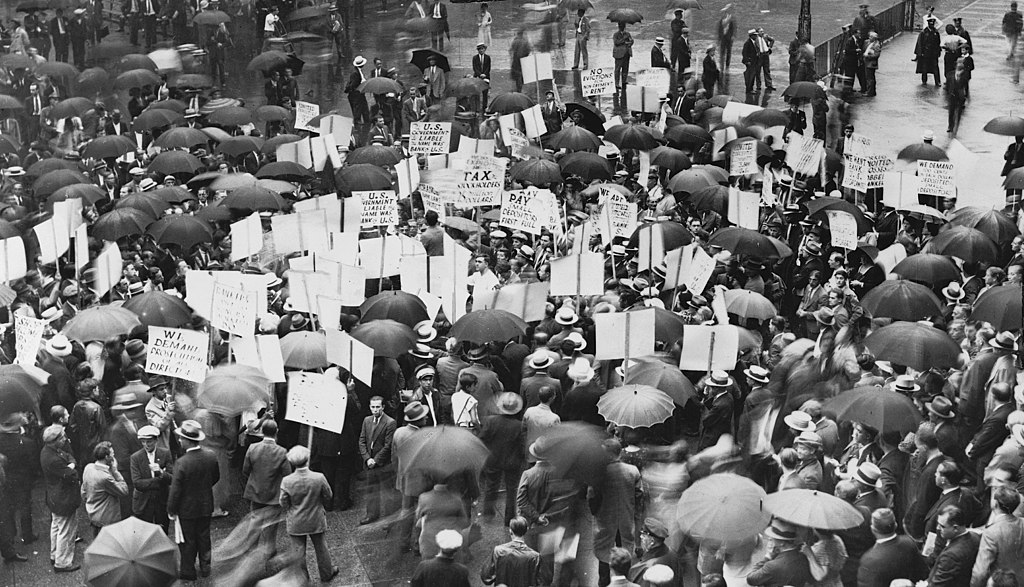
Economic events have significantly influenced movie ticket prices over time. During the Great Depression, prices saw a sharp decline, whereas World War II brought about a period of stability. These shifts highlight how broader economic trends directly impact the cost of movie-going experiences.
Great Depression Impact
During the Great Depression, movie ticket prices dropped significantly. Adjusted for inflation, the average ticket price fell from $6.14 in 1933 to $3.97 by 1937. This made movies one of the most affordable forms of entertainment during this challenging period.
Several factors contributed to this decline:
- Increased Attendance: As other leisure activities became unaffordable, more people turned to movies for a low-cost escape from their daily struggles.
- Economical Productions: The film industry began producing more budget-friendly films to keep ticket prices low and attract audiences.
- Consumer Behavior: People sought inexpensive ways to find joy amid the hardships, and movies provided the necessary distraction.
Despite the economic struggles, the movie industry remained popular. Cinemas offered a refuge from the harsh realities of the Great Depression, demonstrating how economic events can influence consumer behavior and demand in the entertainment sector.
Post-War Price Stability
Following World War II, movie ticket prices remained relatively stable, reflecting the period's economic recovery and increased consumer spending. During the 1950s and 1960s, the average cost of a ticket was around $0.50, which adjusted for inflation, equates to approximately $4 in today's dollars. This stability was a sign of the broader economic boom that characterized these decades, making movie-going an affordable and popular pastime.
However, the economic landscape began to shift in the early 1970s. By 1973, the inflation-adjusted ticket price had surged to a high of $1.76, which is about $9.34 in today's dollars. This spike was driven by economic challenges such as the oil crisis and stagflation, which led to increased costs across multiple sectors, including entertainment.
The 1980s and 1990s saw ticket prices fluctuate. The mid-1980s experienced a decrease in ticket prices due to economic downturns. However, by the late 1990s, prices started rising again, influenced by higher production costs and the growing appeal of blockbuster films, which drove more people to theaters.
Mid-20th Century Trends
The mid-20th century saw notable changes in movie ticket prices, mirroring broader economic trends. In 1933, during the depths of the Great Depression, the inflation-adjusted price of a movie ticket peaked at $6.14, illustrating the impact of economic hardship on entertainment costs. However, by 1937, ticket prices had dropped to an average of $3.97, as economic struggles continued to influence consumer spending.
By the mid-1960s, a significant rise in ticket prices was evident. In 1966, the inflation-adjusted cost of a movie ticket reached $7.73, reflecting the economic recovery of the 1960s that enabled consumers to spend more freely.
Key points to consider:
- 1933: Inflation-adjusted price peaked at $6.14 due to the Great Depression.
- 1937: Prices fell to $3.97 as economic struggles persisted.
- 1966: Prices rose to $7.73, reflecting economic recovery.
Late 20th Century Shifts
Surprisingly, movie ticket prices saw notable shifts through the late 20th century. In 1966, the average ticket price was $1.22, equivalent to $7.73 when adjusted for inflation to 2013 dollars. This marked a significant increase from earlier decades. By 1973, the inflation-adjusted peak ticket price reached $9.34. Economic factors and changing consumer behavior contributed to this rise.
In the 1980s and 1990s, ticket prices began to decline, with the average ticket price dropping to $4.35 by 1995. This period saw a stabilization, making movie-going more affordable. However, by the end of the century, prices started to climb again, with the average ticket price reaching $5.39 in 2000, reflecting a renewed interest in cinema experiences.
Here's a quick overview of the changes in ticket prices during this period:
| Year | Average Ticket Price | Inflation-Adjusted Price (2013 USD) |
|---|---|---|
| 1966 | $1.22 | $7.73 |
| 1973 | $1.76 | $9.34 |
| 1995 | $4.35 | $4.35 |
| 2000 | $5.39 | $5.39 |
Early 21st Century Trends
In the early 21st century, movie ticket prices increased significantly, from $5.39 in 2000 to $7.92 in 2012. Blockbusters dominated theaters, driving up demand and prices, while streaming services began to challenge traditional movie-going habits. These trends reflect changes in consumer behavior and economic factors like inflation.
Rising Ticket Prices
Rising movie ticket prices in the early 21st century illustrate a clear trend of increasing costs for filmgoers. From 2000 to 2012, there was a significant hike in ticket prices at local movie theaters. In 2000, the average ticket cost was $5.39, but by 2012, it had jumped to $7.92. This steady rise highlighted broader market trends and economic factors.
Here's how ticket prices climbed over the years:
- 2005: The average ticket price rose to $6.41, a 19% increase from 2000.
- 2008: Prices continued to rise, reaching $7.18.
- 2011: The peak came at $7.93 before stabilizing slightly to $7.92 in 2012.
Impact of Blockbusters
The early 21st century witnessed substantial increases in movie ticket prices, largely driven by the soaring popularity of blockbuster franchises such as Harry Potter and Marvel superheroes. These high-budget films, often featuring groundbreaking visual effects, attracted massive audiences and justified higher ticket costs. As a result, the average price of a movie ticket rose from $5.39 in 2000 to $7.93 by 2011.
One notable example of this trend is "Avatar" (2009), which became the highest-grossing film of all time at its release. Its success underscored the profitability of investing in large-scale productions and further propelled ticket prices upward. Despite the temporary stabilization of prices during the 2008 financial crisis, high-demand periods continued to see price peaks, with the average ticket price reaching $9.34 in inflation-adjusted terms by 2019.
Here's a quick snapshot of the average ticket prices over the years:
| Year | Average Ticket Price |
|---|---|
| 2000 | $5.39 |
| 2011 | $7.93 |
| 2019 | $9.16 |
Streaming Competition Emergence
As the 21st century progressed, streaming services such as Netflix and Hulu revolutionized how audiences consumed movies, posing significant competition to traditional movie theaters and altering the cinematic experience.
By 2022, the average movie ticket price had climbed to $9.17, a 60% increase since 2000. Several factors contributed to this surge:
- Convenience of Streaming: Affordable subscription plans made streaming an attractive alternative, drawing audiences away from theaters.
- Pandemic Impact: COVID-19 accelerated the shift toward home viewing, further reducing theater attendance and box office revenue.
- Stagnant Revenue Growth: Between 2009 and 2019, box office revenue grew by only 11%, underscoring the impact of streaming services.
Streaming platforms offered a more convenient and often cheaper option compared to escalating theater ticket prices. Consumers enjoyed a diverse array of content from the comfort of their homes, a trend that gained momentum during the pandemic. As a result, the traditional movie-going experience has had to adapt to stay relevant in this evolving entertainment landscape.
Recent Ticket Price Trends

Over the past decade, movie ticket prices have seen a steady increase, with the average cost rising by 25% from $6.92 in 2012 to $8.65 in 2022. This trend is even more pronounced when considering a 60% increase since the year 2000, when the average ticket price was around $5.39. Historical data shows significant fluctuations, peaking at $9.11 in 2018.
From 2019 to 2021, prices stabilized at an average of $9.16, despite the pandemic's impact on theater attendance. While the consistency during this period provided some relief, the overall trend remains upward.
In larger cities, ticket prices often exceed $15, reinforcing the perception that movie-going is becoming increasingly expensive. This is compounded by the rise of streaming services, which offer a cheaper and more convenient alternative. Nevertheless, the unique appeal of the big screen continues to attract audiences, albeit at a higher cost.
Inflation Adjustments Over Time
Understanding movie ticket prices over time requires considering inflation adjustments to see the real cost changes. When you look at the numbers, it's intriguing to see how ticket prices have evolved. For instance, in 1910, a movie ticket cost just $0.07, which translates to about $1.71 when adjusted for inflation to 2013 dollars. Fast forward to 1924, and the average ticket price rose to $0.25, equivalent to around $3.33 after inflation adjustments.
By 1973, ticket prices hit an inflation-adjusted high of $9.34, reflecting shifts in the economy and consumer spending power. Here's a quick breakdown to make it more relatable:
- 1910: $0.07 per ticket (about $1.71 in 2013 dollars)
- 1924: $0.25 per ticket (around $3.33 in 2013 dollars)
- 1973: $9.34 per ticket (after adjusted inflation)
Jumping to 1996, the average ticket cost $4.35, which inflates to approximately $6.46 in 2013 dollars, showing a remarkable rise. In 2021, the average ticket price was $9.16, underscoring a continuous upward trend. Clearly, when you adjust for inflation, the cost of catching a movie has increased considerably over the decades.
Current Market Context

In the current market, the cost of movie tickets has reached new heights, with the average price projected to hit $10.78 in 2024. This marks a significant jump from the $4.35 paid in 1995. Since 2000, ticket prices have increased by 60%, reflecting a steady upward trend. Despite these rising costs, total box office revenue peaked in 2018 at $11.9 billion, indicating that higher ticket prices haven't deterred audiences from theaters when appealing movies are released.
From 2019 to 2021, ticket prices stabilized around $9.16, showing some consistency in the market. However, comparing today's prices to the past reveals a stark difference. In 1910, a movie ticket cost just $0.07, underscoring the impact of inflation and changing consumer spending patterns on the industry.
As you navigate the current market, it's evident that streaming services and other entertainment options are significant competitors. Nevertheless, the movie-going experience continues to attract audiences, illustrating the enduring appeal of seeing films on the big screen despite rising costs.

